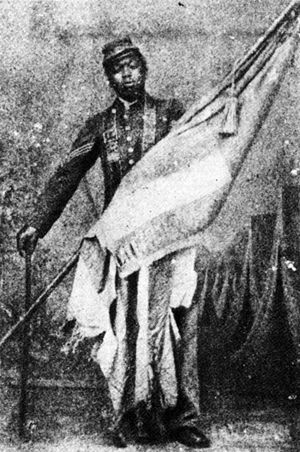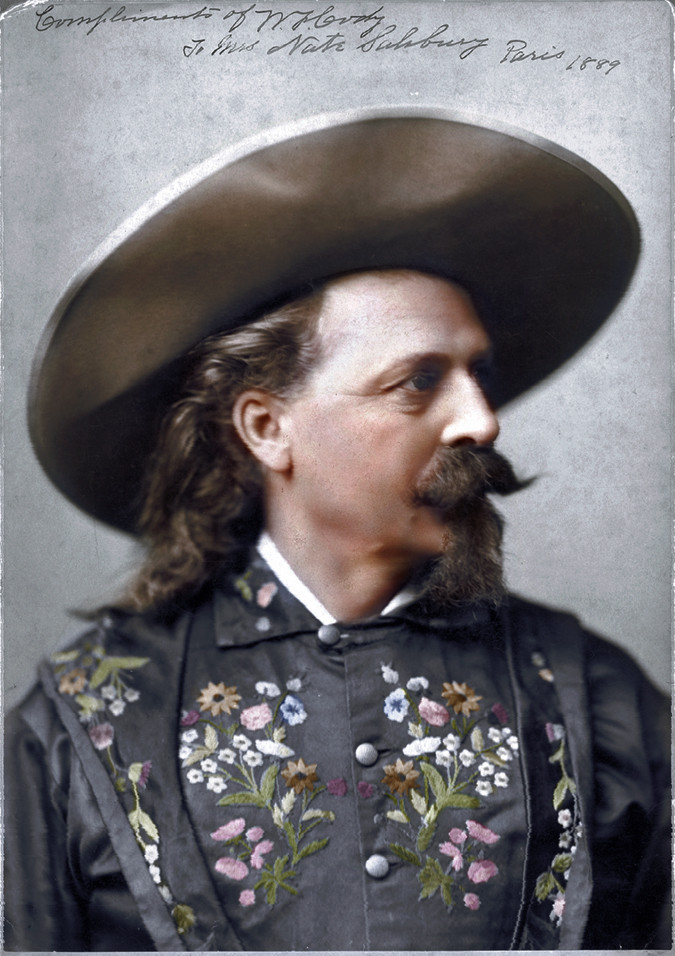The Union included the states of Maine, New York, New Hampshire, Vermont, Massachusetts, Connecticut, Rhode Island, Pennsylvania, New Jersey, Ohio, Indiana, Illinois, Kansas, Michigan, Wisconsin, Minnesota, Iowa, California, Nevada, and Oregon. Abraham Lincoln was their President.
The Confederacy included the states of Texas, Arkansas, Louisiana, Tennessee, Mississippi, Alabama, Georgia, Florida, South Carolina, North Carolina and Virginia. Jefferson Davis was their President.
Maryland, Delaware, West Virginia, Kentucky and Missouri were called Border States.
HOMEFRONT
Finance
On the homefront, the Union had $234,000,000 in bank deposit and coined money or specie while the Confederacy had $74,000,000 and the Border States had $29,000,000.
Populations
The population of the Union was 18.5 million. In the Confederacy, the population was listed as 5.5 million free and 3.5 million enslaved. In the Border States there were 2.5 million free inhabitants and 500,000 enslaved people.
Agriculture
With the exception of rice and tobacco, the Union had a clear agricultural advantage. Particularly horses: the Union had twice that of the Confederacy, 3.4 million to the CSA’s 1.7.
The Union led corn production with 400 million bushels compared to the 250 million bushels in the Confederacy and 150 million bushels in the Border States.
The Confederacy produced nearly all of the nation’s rice which amounted to 225 million bushels.
The Confederacy led tobacco production with 225 million pounds compared to 110 million pounds produced in the Border States and 50 million pounds produced in the Union.
The Union led wheat production with 100 million bushels produced in comparison to 35 million bushels in the Confederacy and 20 million bushels in the Border States.
The Union was attributed with having 40 million heads of livestock compared to 35 million in the Confederacy and only 10 million in the Border States.
Industry
The Union had 101,000 factories, while the Confederacy had 21,000 and the Border States had 9,000.
The Union had 1.1 million factory workers, while the Confederacy had 111,000 and the Border States had 70,000.
The Union had 20,000 miles of railroad compared to 9,000 in the Confederacy and 1,700 in the Border States.
MILITARY
Enlistment Strength
Enlistment strength for the Union Army is 2,672,341 which can be broken down as:
- 2,489,836 white soldiers
- 178,975 African American soldiers
- 3,530 Native American troops
Enlistment strength for the Confederate Army ranges from 750,000 to 1,227,890. Soldier demographics for the Confederate Army are not available due to incomplete and destroyed enlistment records.
Civilian Occupations
Farmers comprised 48 percent of the civilian occupations in the Union. Others included mechanics, 24 percent; laborers, 16 percent; commercial, 5 percent; miscellaneous, 4 percent; and professional occupations, 3 percent.
Farmers comprised 69 percent of the civilian occupations in the Confederacy. Others included laborers, 9 percent; mechanics, 5.3 percent; commercial, 5 percent; professional occupations, 2.1 percent; and miscellaneous, 1.6 percent.
Bloodiest Battles
The bloodiest battles of the Civil War were:
- Gettysburg: 51,116 casualties
- Seven Days: 36,463 casualties
- Chickamauga: 34,624 casualties
- Chancellorsville: 29,609 casualties
- Antietam: 22,726 casualties
Note: Antietam had the greatest number of casualties of any single-day battle.
Troop Strength
In July 1861, the two armies were nearly equal in strength with less than 200,000 soldiers on each side; however at the peak of troop strength in 1863, Union soldiers outnumbered Confederate soldiers by a ratio of 2 to 1. The size of Union forces in January 1863 totaled over 600,000. Two years later, that number had not changed dramatically for the Union Army but had dropped to about 200,000 for the Confederate Army.
Casualties
The 642,427 total Union casualties have been divided accordingly:
- 110,100 killed in battle
- 224,580 diseases
- 275,174 wounded in action
- 30,192 prisoners of war
The 483,026 total Confederate casualties have been divided accordingly:
- 94,000 killed in battle
- 164,000 diseases
- 194,026 wounded in action
- 31,000 prisoners of war
Prisoners
Of the 211,411 Union soldiers captured 16,668 were paroled on the field and 30,218 died in prison. Of the 462,634 Confederate soldiers captured 247,769 were paroled on the field and 25,976 died in prison. The mortality rate for prisoners of war was 15.5 percent for Union soldiers and 12 percent for Confederate soldiers.



